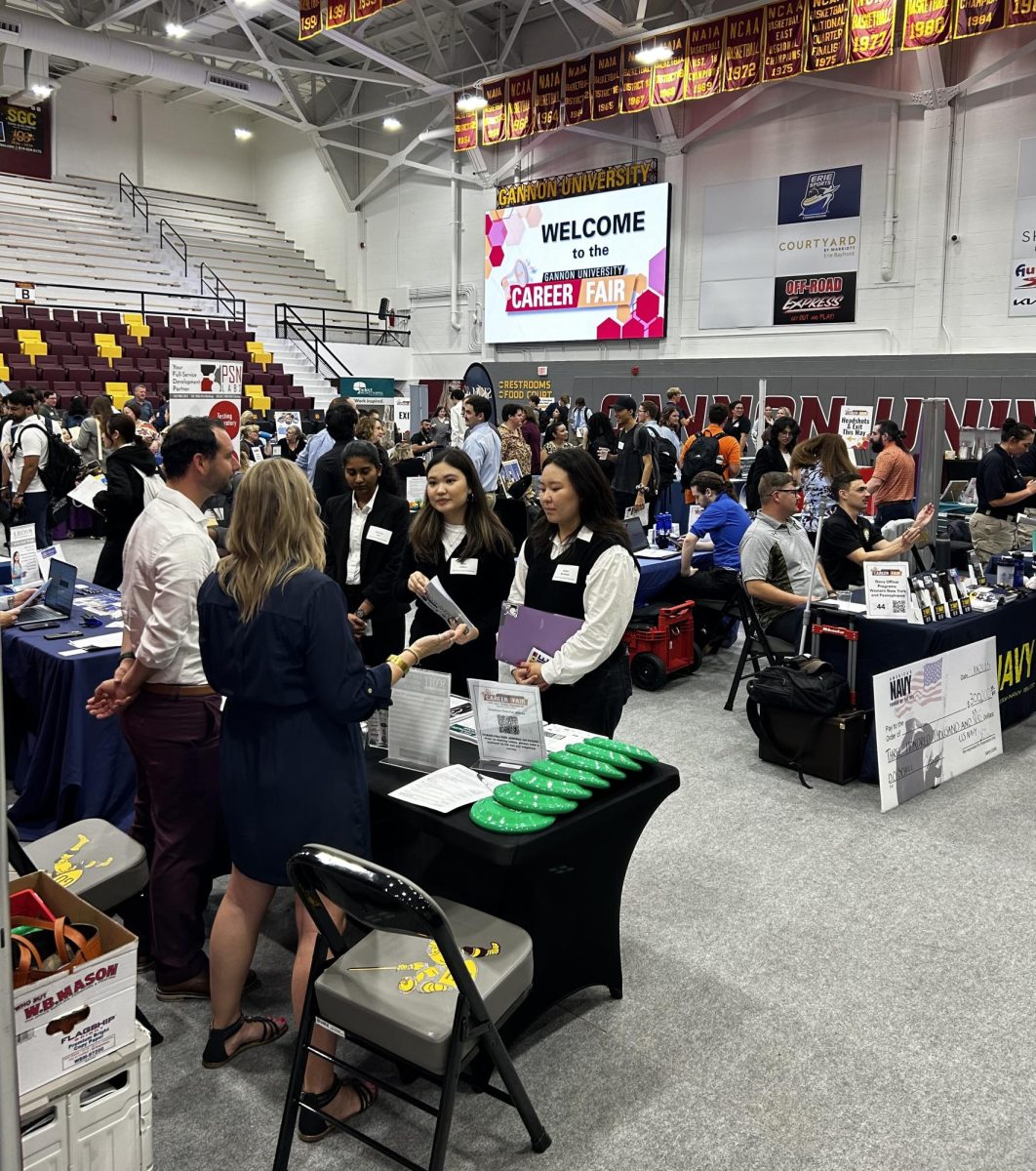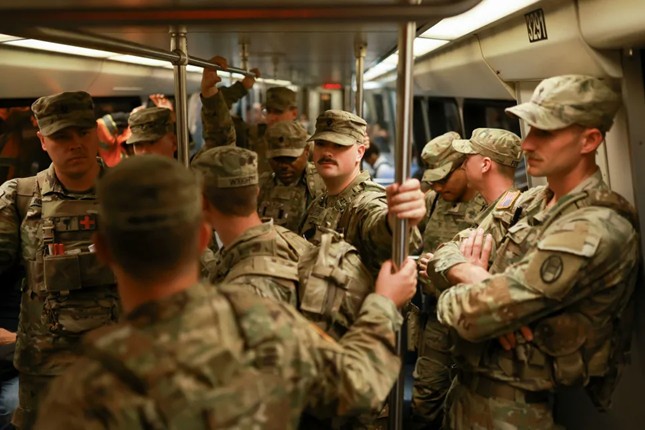New signage and sidewalks are in the works for Gannon University.
According to Linda Wagner, vice president for finance and administration, the need for new signs and sidewalks around the university was recommended as part of the Vision 2020 Campus Master Plan in order to improve wayfaring around campus.
“It will help show when you’re on Gannon’s campus,” she said. “Different types of signage were recommended for different places, such as certain signage for the corners of the campus and another type of signage by buildings.”
Gary Garnic, associate vice president of campus services, said that up until the creation of the Master Plan, there was no formal plan to follow.
“When we did things, they were building by building,” he said. “Nothing matched, so this signage plan tries to pull it all together.”
According to the plan, signs like those in front of the Health Center and the Office of Police and Safety will be placed outside the Waldron Campus Center on the Sixth Street side. Garnic said these signs will help people find their way around.
Wagner said that signs to identify the corners of the campus will resemble the one located outside Old Main. Other types will include informational signage designed at the pedestrian scale to identify points of interest, along with banner, directional and building signage.
Corner – or portal – signage will go on the corners of Ninth and Sassafras streets; Sixth and Sassafras streets; Third and Sassafras streets; Fourth and State streets; and Ninth and Peach streets. Garnic said that the signs for the corners will tell visitors when they have arrived on Gannon’s campus.
“It’s hard to define a campus in the middle of the city,” he said.
Along with new signs, Garnic said that the campus would incorporate brick sidewalks in front of Gannon properties.
“You know when you’re on that type of sidewalk that you’re in front of a Gannon building,” he said.
According to Garnic, the plan is not inexpensive. He said the signposts that have been selected are around $850 each and the lightposts are $7,000 apiece.
“We’re looking now for an alternative that looks like what was proposed,” he said. “But we can’t justify spending that much, even though sometimes you have to spend money to get things done right.”







